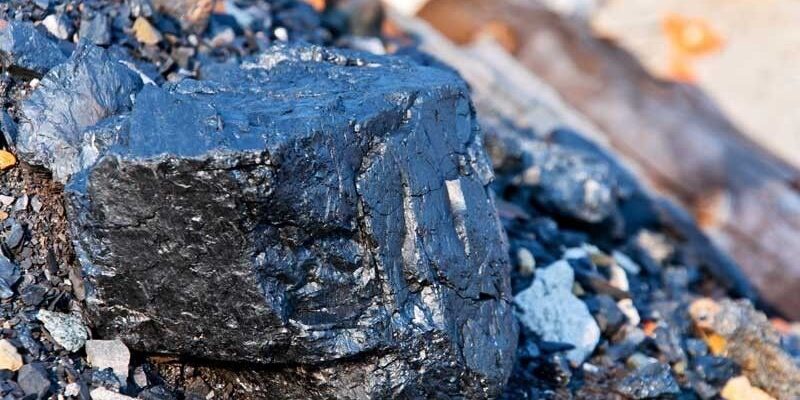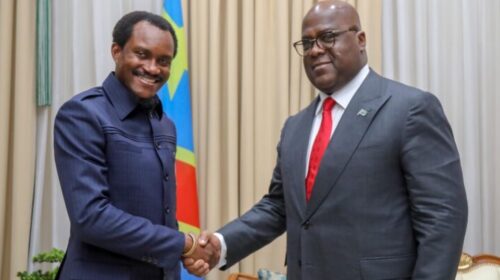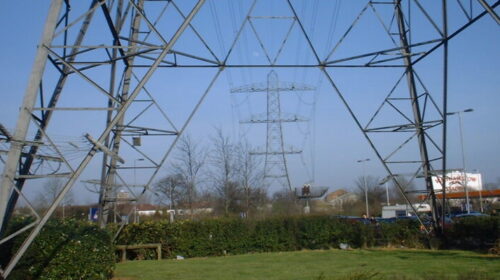There is nickel and chromium in Kasai, DRC but not yet exploited due to lack of electricity
The coordinator of the Sino-Congolese Program Coordination and Monitoring Office (BCPSC) or “Chinese Contract”, Moïse Ekanga, revealed in an interview with the Belgian media “La Libre Afrique” that at the beginning the Chinese were interested by the exploitation of Nickel and Chromium ores in Kasai but they changed their minds later because of the lack of electricity in the region.
“In 2007, when we started talks with China, we thought we would sell them chromium and nickel. The Chinese were interested. They went to Kasai, where these raw materials are found. They took samples which were very positive. But there was no electricity at all in Kasai, the project did not go further and we turned to copper and cobalt. This means that when we have electricity, there is real potential there, ”Moïse Ekanga told La Libre Afrique, without specifying exactly in which part of the Kasai area these two minerals are located.
Nickel is frequently associated with cobalt in mining deposits, it is particularly appreciated for the alloys it forms. Long confused with silver or copper, nickel is now used for making coins and alloys in industry.
As for chromium, it is used in several high-tech applications. In aeronautics, it is found in turbine blades, combustion chambers, etc. It is also used in seawater desalination plants, in orthopedic implants, in cutting tools. Chromium is also applied in the energy sector, in particular in gas-fired power stations, nuclear power stations (covering of chimneys, etc.), photovoltaic panels, and in petrochemicals.
For more than 13 years today, no concrete project has been able to make electrical energy available in Kasai especially for the exploitation of these minerals.
The Katende dam, some construction materials of which were stolen, never saw the light of day when it should supply the Kasai area. It has been promised to the Kasaians since the 2006 presidential election campaign. Launched in October 2011, the Katende hydroelectric power station should only have a modest capacity of 64 megawatts. A financing agreement was signed between the DRC and the Indian government in July 2011 in Kananga for the construction of this structure, the cost of which had been estimated at 280 million US dollars. India is expected to disburse 168 million and the DRC 112 million. To this day, this dam is far from over.
The Chinese contract was signed on April 22, 2008 between the DRC and a group of Chinese companies (two state-owned companies and a private company under Chinese law). Evaluated at the beginning at over 9 billion USD, it will be revised downwards to 6.6 billion USD, or 3 billion USD for infrastructure and 3.6 billion USD for mining projects. To date, according to Moïse Ekanga, 900 million USD have already been disbursed for infrastructure and 1.8 billion USD for mining projects. From this contract will be born Socomines SA, the joint venture formed by the Congolese government (represented by Gécamines) and the Chinese Enterprise Group (GEC). The Chinese hold 68% of this joint venture against 32% for Gécamines
239 total views , 1 views today





